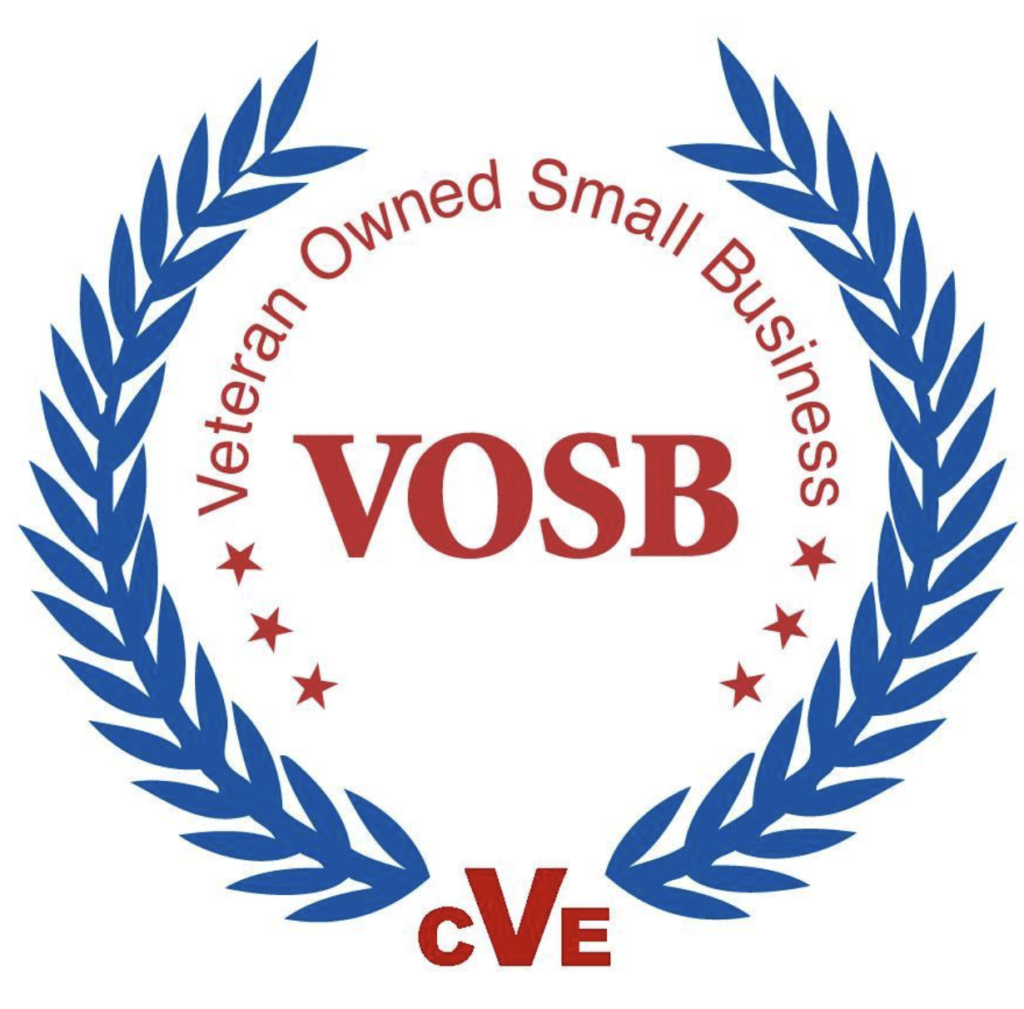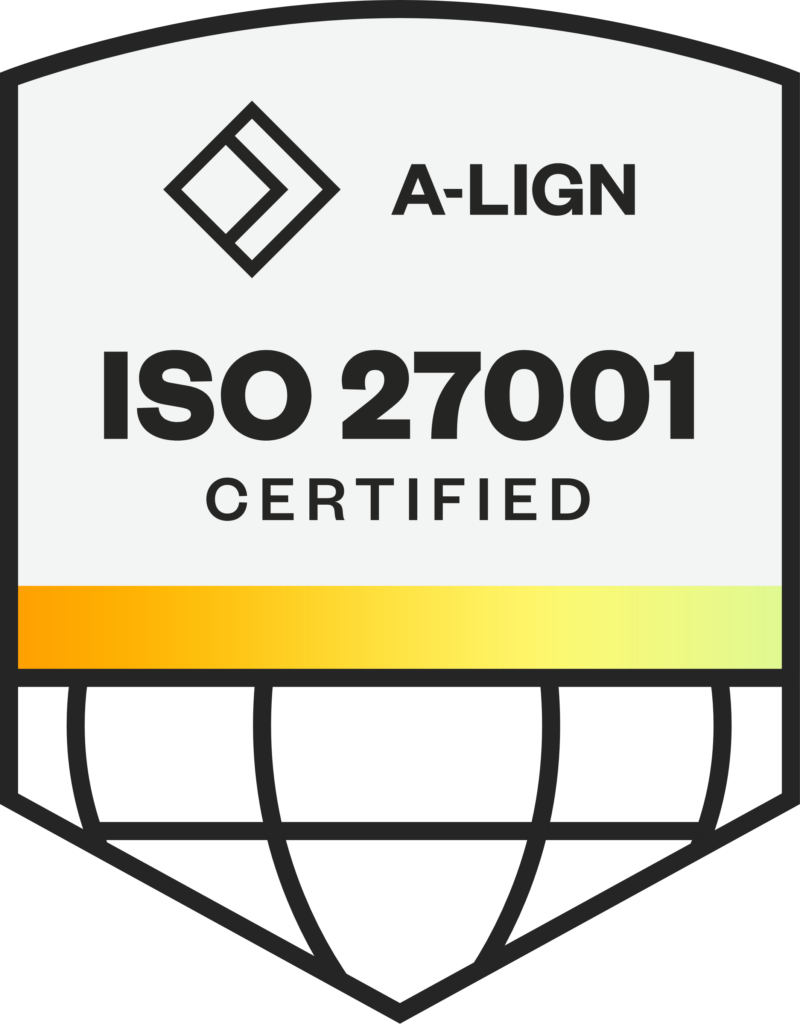One of the top challenges for data centers providing colocation services is providing clients with a full-featured view of their installation footprint. This is a multi-layer challenge that can put a colocation contract at risk. It is now a mandatory requirement by large colocation clients and hyperscalers to provide data transparency for infrastructure equipment and their own equipment within the data center. All while keeping the highest level of security around client gear and data.
This requirement has become a core aspect of delivering world-class colocation facilities, and the DCIM solution for the CoLo operator must enable this capability.
The colocation client is driven by the need to see their own equipment status remotely, as well as having a high degree of confidence in the power distribution and environmental management that affects the life of their gear and the uptime of their critical services and revenue.
The answer is an Integration API that enables a robust Client Portal and provides visibility of status and telemetry data for shared infrastructure equipment, dedicated equipment, and client-owned equipment. This solution must provide transparency while keeping the DCIM solution insulated from external access and limiting the risk of cross-client data visibility. Meeting these requirements should be easy to support and protect the data center operator from added burdens or account management tasks.
The focus starts with raw equipment status, data, and trends – the specific requirement in many CoLo contracts. Clients want to see raw data (telemetry data) from the devices in the data center power chain and environmental management. In addition, they should be able to “self-serve” and pull telemetry data across a date range at their convenience. To avoid introducing heavy data management overhead, the DCIM solution should provide an easy mechanism for managing which points are published to the client or allow the client to select these points themselves.
Beyond access to raw data, a requisite solution will make it easy to build a full-featured client portal. Some of those features include:
- Enable complete visibility of fully shared equipment, like generators and environmental sensors, across all clients
- Enable abstraction to achieve secure visibility of data on partially shared equipment, like PDUs and RPPs, that may have points for multiple clients on a single piece of equipment.
- Provide a method to generate service tickets through your client portal to speed up equipment deployment, service work, and change requests. This includes status visibility on tickets on open tickets, allowing the client to see progress without additional work by the DCIM team to generate updates manually.
- Provide a method for sharing select DCIM reports and charts with clients via the API to avoid rebuilding or maintaining the same report in multiple systems.
The Modius OpenData Client Portal API meets and exceeds these challenges – enabling other solutions to access its powerful integration and monitoring capabilities. We would be happy to show you how our OpenData solution can help you build a better, more Client responsive data center today. You can reach us at sales@modius.com or 1-888.323.0066.




